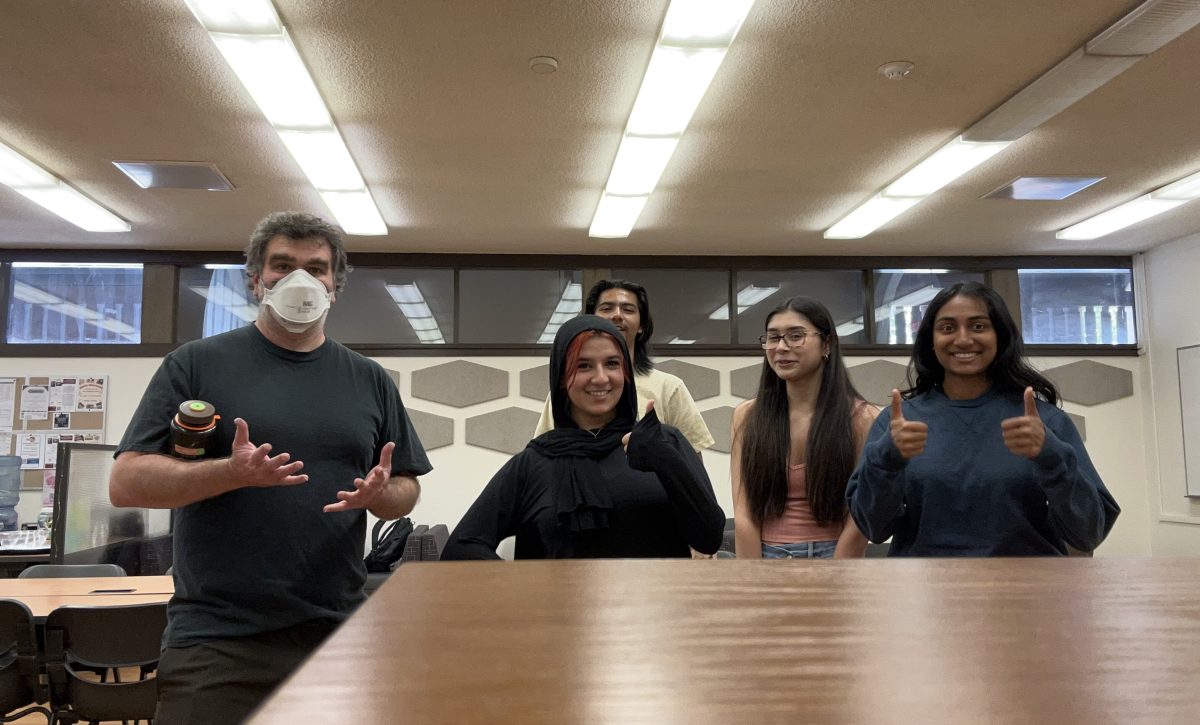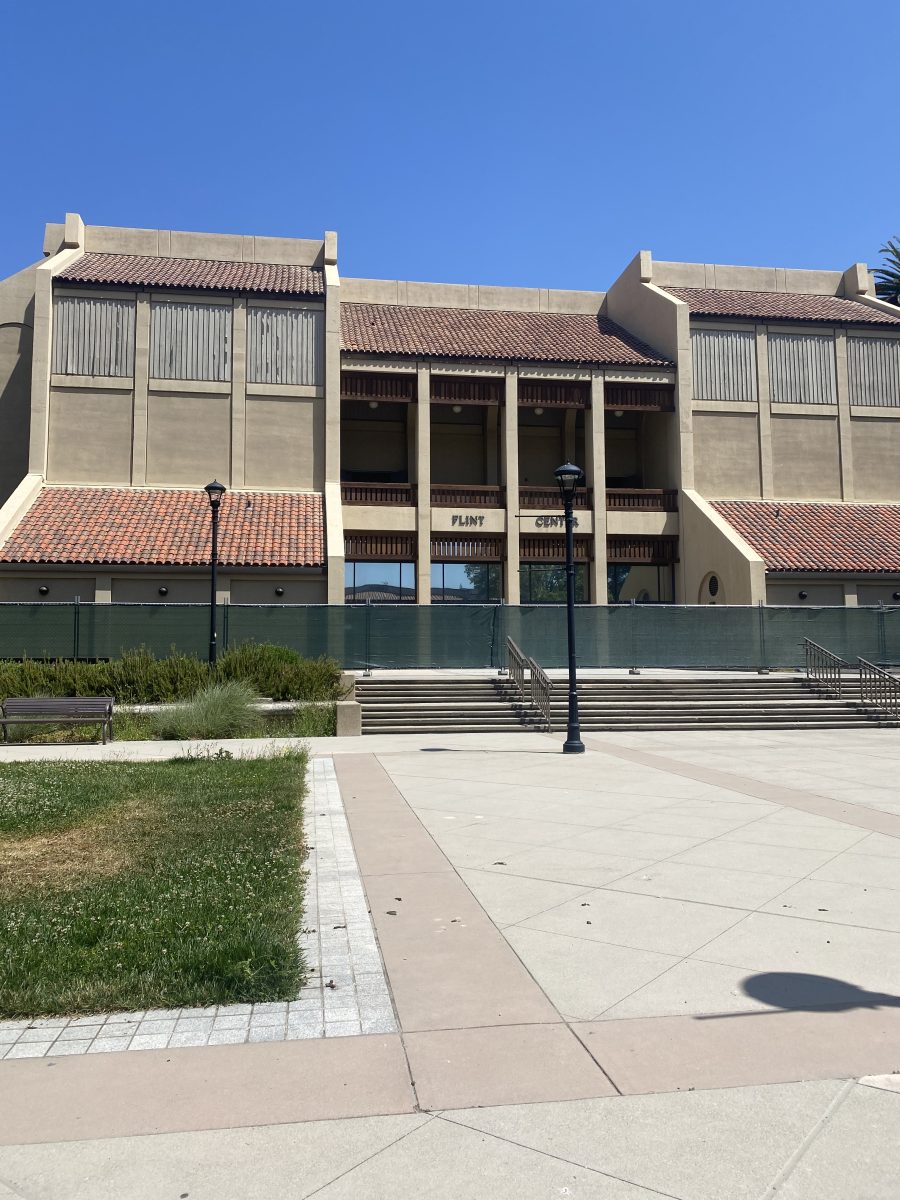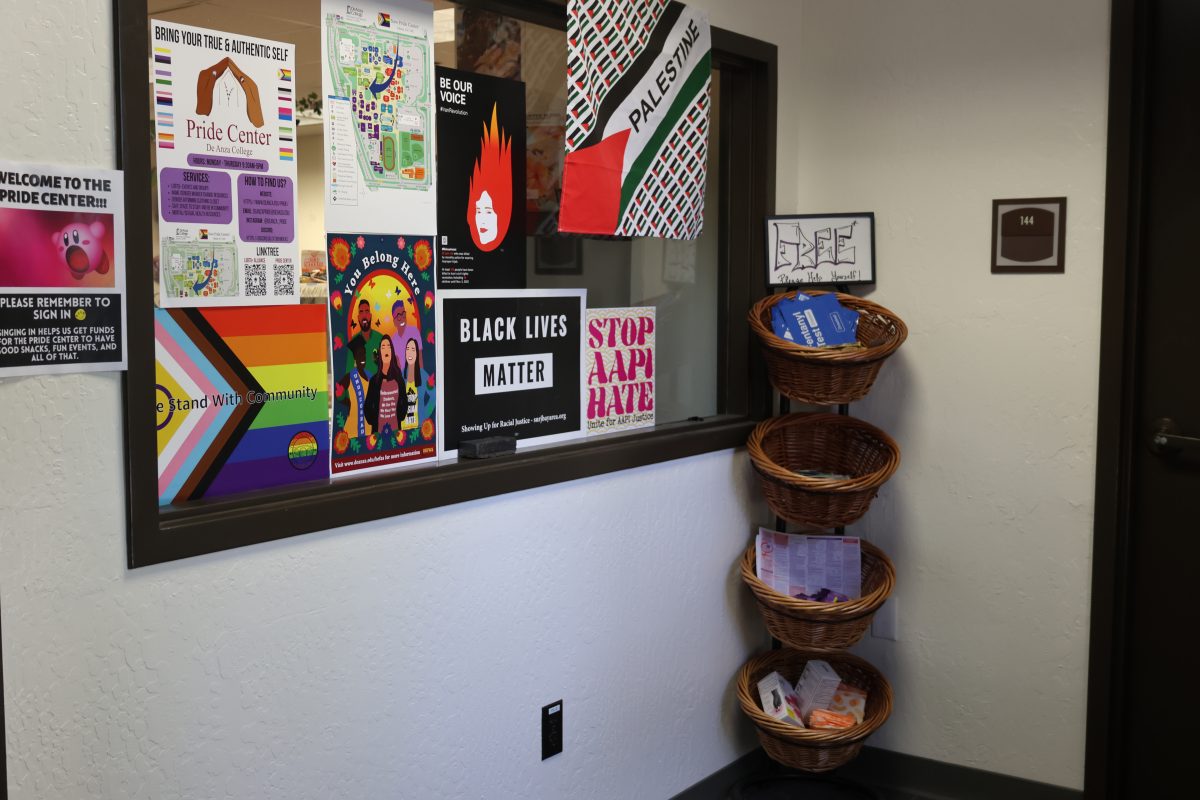Students who want to advance their world language skills at De Anza College next quarter may need to look elsewhere.
Course offerings in Elementary Level 3 and Intermediate Levels 4, 5, and 6 for most world languages are not being offered for Winter Quarter ‘14 in light of district-wide budget cuts.
Although offerings have been reduced for all languages, Arabic and Urdu have been eliminated entirely, and Hindi, Italian, and Russian are at risk of elimination.
Melissa Epps, a second-year French major taking French Level 4, learned about the reduction through instructor and French Department chair Laura Karst.
She and other intermediate world language students may need to take their classes during fall quarters, the only time their classes may be offered. Epps and other students are organizing to publicize the reduction to the campus and local communities.
“As soon as we heard about it, we wanted to do something,” said Epps. “If students have to wait or get units somewhere else, it’s going to tear down the future of other departments here.”
Lack of student demand and state funding were factors in the reductions, said Edmundo Norte, the dean of the Intercultural/ International Studies Division.
“There’s a source of funding that is based on our enrollment numbers,” Norte said.
“There’s been two cycles where [the Foothill-De Anza Community College District] hasn’t hit [its] enrollment targets.”
Norte said the college’s instructional planning and budget team, of which he is a member, measures program viability using cost-benefit analysis and specific seat count policies.
“The way the calculus works around funding is that the district administration says it takes roughly 36 to 37 students enrolled in a class for it to pay [for] itself,” Norte said.
Funding covers classroom maintenance in addition to instructor salaries.
The budget team also considered the effect of class size when it allocated funds.
Smaller class sizes enable more effective world language instruction, but they are cost-ineffective, requiring other, larger programs with more funding to offset costs.
“From the teacher’s side, having 35 students in a class and trying to teach a new language effectively is a real pedagogical challenge,” Norte said.
District policy dictates that a world language course must have at least 20 enrolled students two weeks prior to the start of an academic quarter to remain viable. The initial enrollment number predicts a course’s ability to fill seats.
Norte said that student organizers must target specific policy issues, and support their cause for longterm, not only short-term, impact.
“The administration and students will work together to make a change,” Epps said. “This is something I’m personally willing to work on for as long as I’m [at] De Anza and pass it on to future students.”








